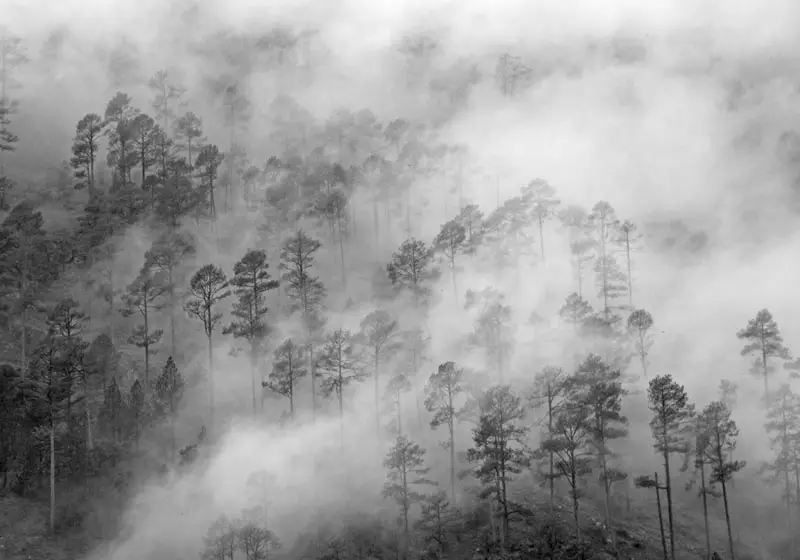Leh Travel Guide
Leh is a destination that perfectly blends natural beauty, cultural richness, and thrilling adventures. Surrounded by the majestic Himalayas and Karakoram ranges, Leh offers breathtaking landscapes featuring rugged mountains, pristine rivers, and serene high-altitude lakes.
Adventure seekers can embark on thrilling activities such as trekking, mountain biking, and river rafting, while nature lovers can revel in the beauty of Pangong Lake, Nubra Valley, and the Zanskar River.
Culturally, Leh is a hub of Buddhist heritage, with ancient monasteries like Hemis, Thiksey, and Alchi showcasing Ladakh's spiritual essence. Its rich Indo-Tibetan traditions, vibrant markets, and friendly locals make it a culturally immersive experience. Leh is also home to iconic landmarks like the Leh Palace and Shanti Stupa, offering panoramic views of the city.
Leh is celebrated for its cultural heritage, stunning landscapes, and historic significance, attracting travelers from across the globe.
Staying in Leh
Leh offers a variety of accommodation options to suit different budgets and preferences, ranging from luxurious hotels to budget-friendly guesthouses and homestays. Mid-range hotels and guesthouses are widely available in and around Leh town, offering cozy rooms and warm hospitality.
For a more authentic experience, homestays in nearby villages allow visitors to immerse themselves in the local Ladakhi culture and cuisine. Adventure seekers and budget travelers can opt for campsites or hostels that provide basic facilities. It is advisable to book accommodations in advance, especially during the peak summer season (May to September), as Leh becomes a popular hub for tourists exploring Ladakh.
Leh Food Guide
Leh offers a mix of Tibetan, Indian, and continental cuisines.
Must-try dishes: Thukpa, Momos, Skyu, and Butter Tea.
Local Cafes: Visit German Bakery, Bon Appetit, or The Tibetan Kitchen for unique flavors.
History of Leh
Leh has a rich and fascinating history rooted in its strategic location along the ancient Silk Route. This bustling trade hub connected Central Asia, China, and India, fostering cultural exchange and economic prosperity.
The region's early history saw influences from the Kushan Empire around the 1st century AD and the arrival of Buddhism by the 8th century, which shaped Leh's cultural and spiritual identity. Buddhist monasteries such as Hemis and Thiksey were established during this period, cementing its importance as a center of Mahayana Buddhism.
In the 10th century, Leh became part of the Ladakhi kingdom under the Namgyal dynasty. This era marked the construction of iconic landmarks like the Leh Palace and numerous forts and monasteries. The Namgyals fiercely defended their kingdom against invasions from neighboring regions, including the Mughals.
In the 19th century, Leh became part of the princely state of Jammu and Kashmir after its annexation by Dogra rulers. Following India's independence in 1947, it became part of the Indian Union. In 2019, Ladakh, with Leh as its capital, was designated a Union Territory, further highlighting its historical and strategic importance.
Mythology about Leh
According to local folklore, the valleys of Ladakh, including Leh, were once vast lakes. These lakes were drained by mythical forces, paving the way for the establishment of settlements. Buddhist texts and oral traditions often link these transformations to divine interventions, highlighting the region’s spiritual connection to nature.
Naga Legends: The serpentine deities, or Nagas, are believed to have inhabited the waters of Ladakh, including the rivers and lakes around Leh. Offerings to these deities were common to ensure safety and prosperity. Pangong Lake and other water bodies in the region are often associated with these mythological creatures.
The Legend of Shanti Stupa: The Shanti Stupa in Leh is not only a symbol of peace but also a site enveloped in mystical lore. It is said that this stupa stands as a beacon of Buddhist teachings and the triumph of peace over adversity. Locals believe that meditating here brings clarity and spiritual energy.
The Flying Monastery of Lamayuru: Close to Leh, the Lamayuru Monastery is linked to a fascinating legend. It is said that the sage Naropa meditated in the area, and his prayers drained a mythical lake to create the Moonland-like terrain surrounding the monastery. The site is considered a spiritual powerhouse.
Buddha’s Visit to Ladakh: It is believed that Gautama Buddha himself blessed the land of Ladakh during his travels. His teachings laid the foundation for the region's adoption of Mahayana Buddhism, shaping its cultural and spiritual landscape.
Best Leh Itinerary Suggestion
Day 1: Arrival in Leh and acclimatization. Visit Leh Palace and Shanti Stupa.
Day 2: Explore Hemis and Thiksey Monasteries. Visit Magnetic Hill and Sangam Point.
Day 3: Day trip to Pangong Lake.
Day 4: Visit Khardung La Pass and explore Nubra Valley.
Leh is a destination that offers an unparalleled blend of culture, adventure, and natural beauty. Whether you're seeking spiritual solace, thrilling escapades, or scenic vistas, Leh promises an unforgettable experience. Plan your trip and immerse yourself in the magic of Ladakh's crown jewel!
Leh Weather
Check out the Leh weather report for October
Leh Weather in October
The minimun and maximum temperature in October in Leh is -1°C and 12°C respectively. The weather is generally sunny in October and you would feel cold throughout the day. Heavy Woolen clothes are recommended for Leh in October.
What is Leh famous for?
Leh is famous among tourist as Breathtaking landscapes, Buddhist monasteries, Trekking.
Leh is recommended destination for Corporates, Couples, Foreigners, Groups, Solo.
Leh is popular destination for following activities/ interests - Adventure, Biking, Buddha Temples and Monasteries.


